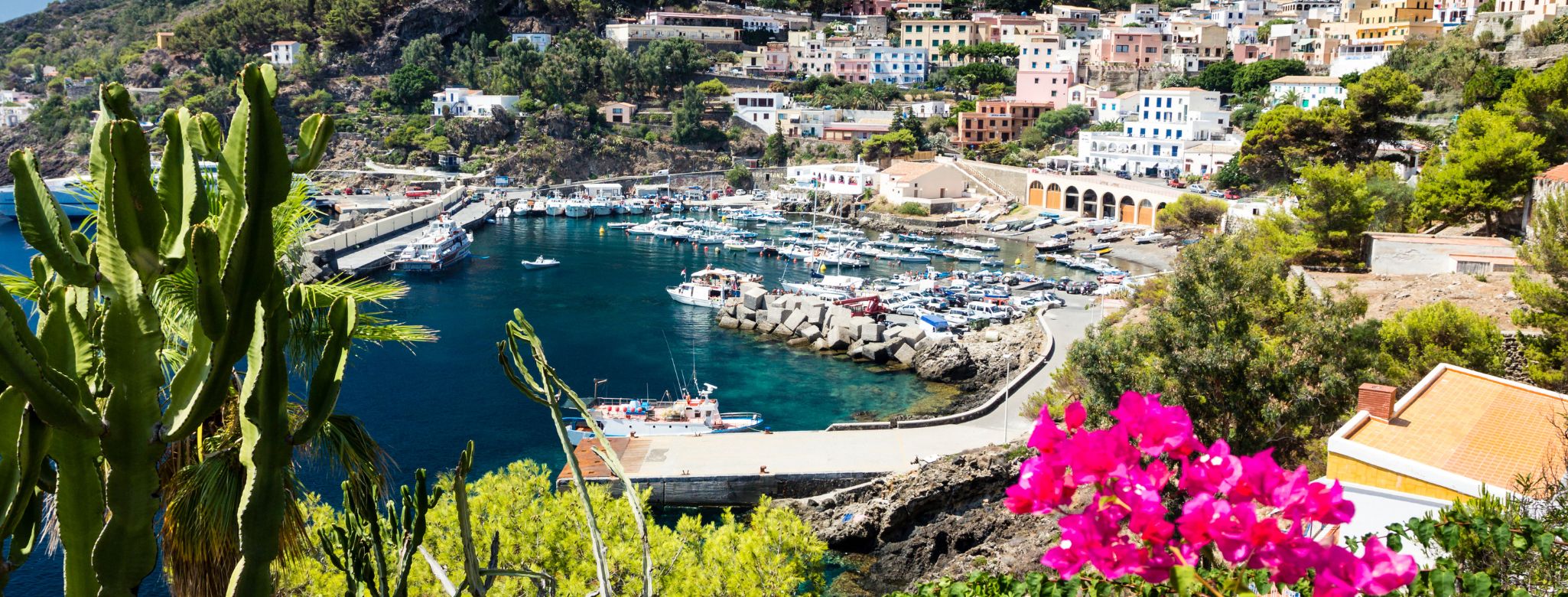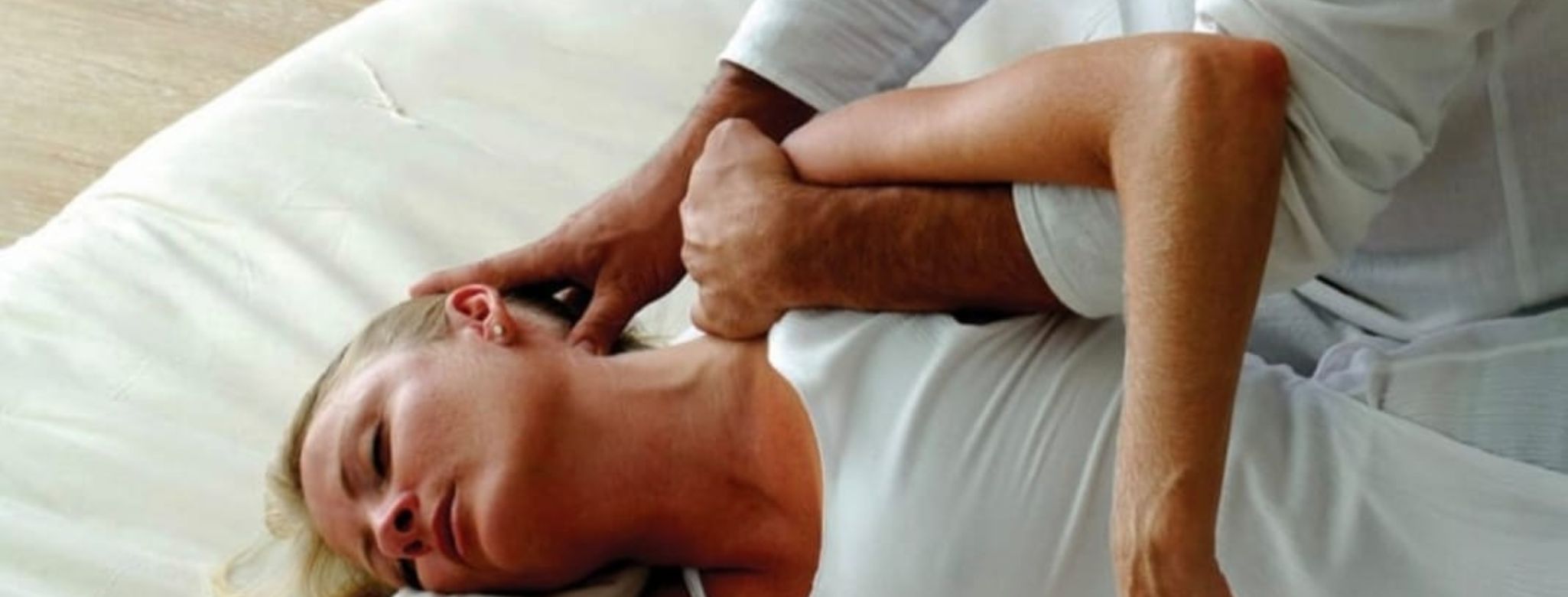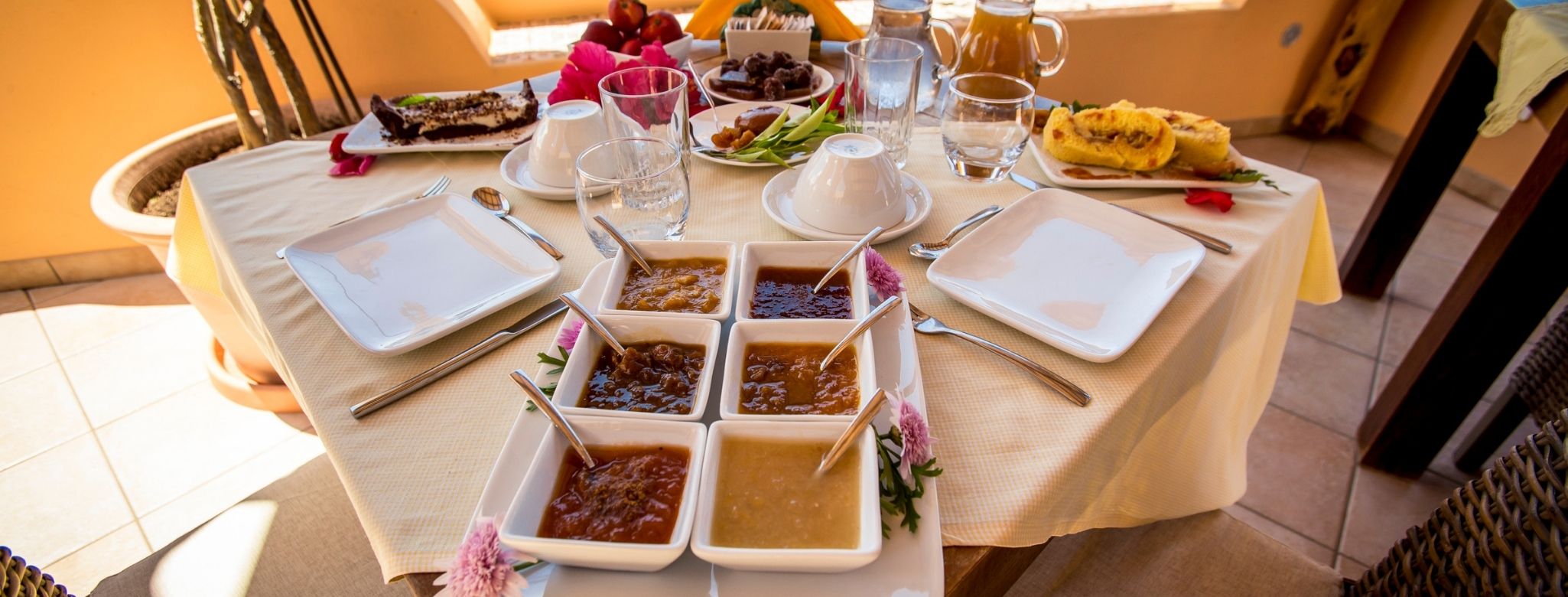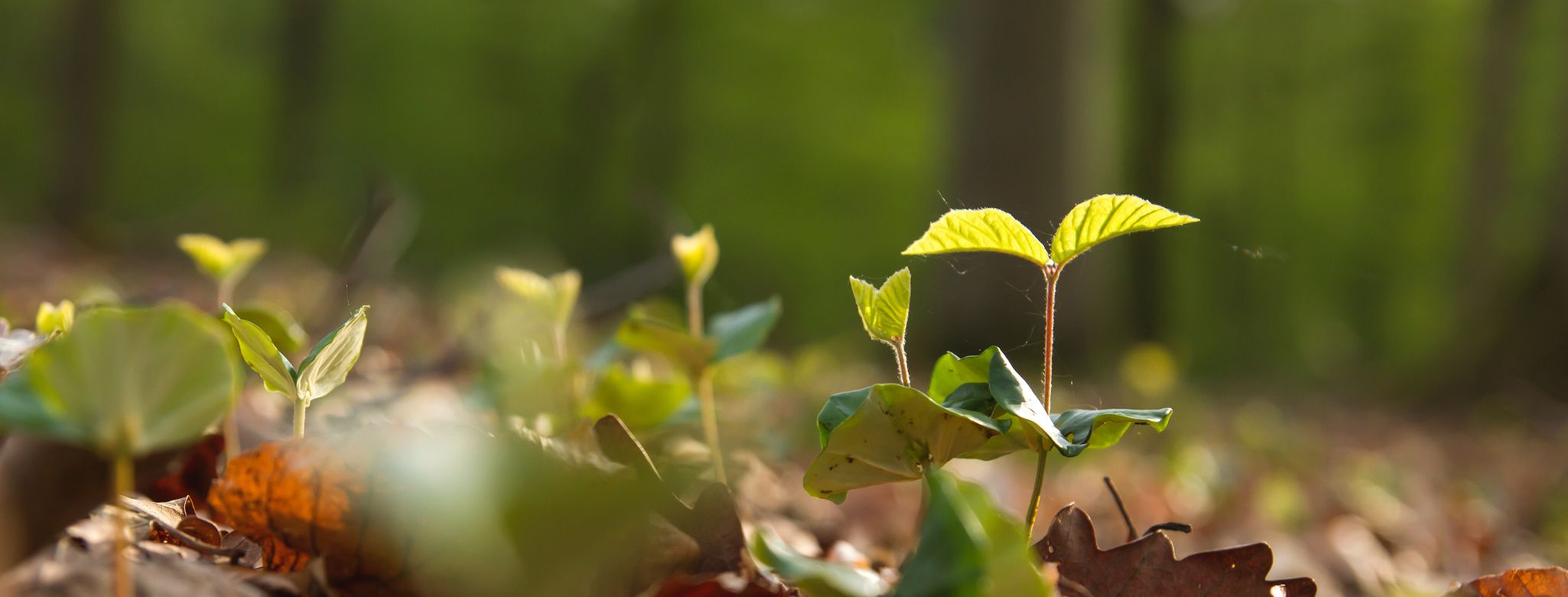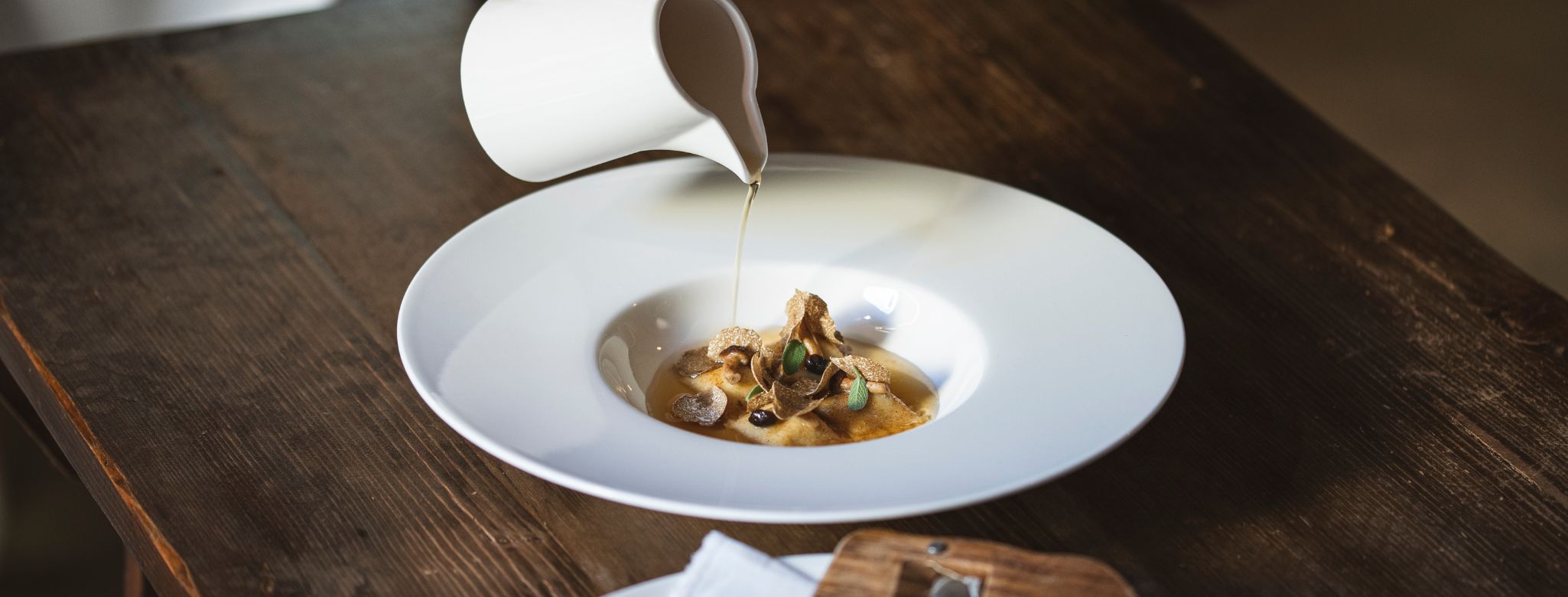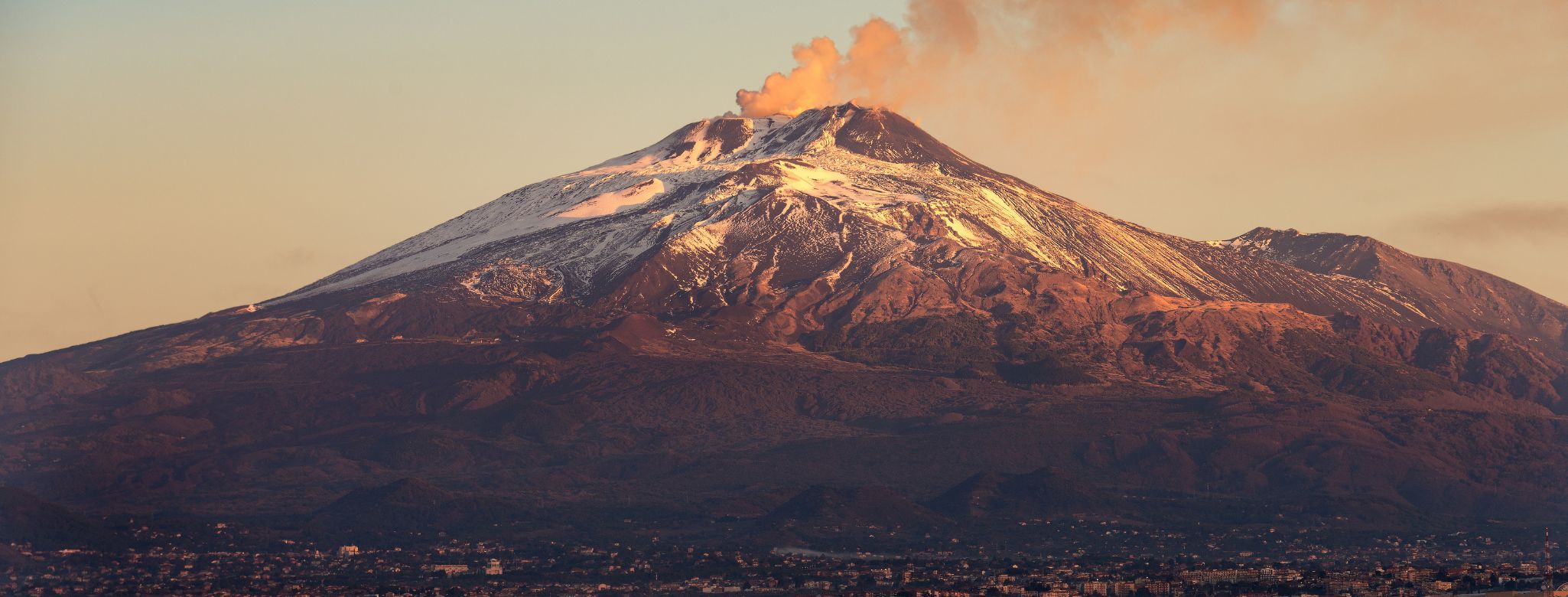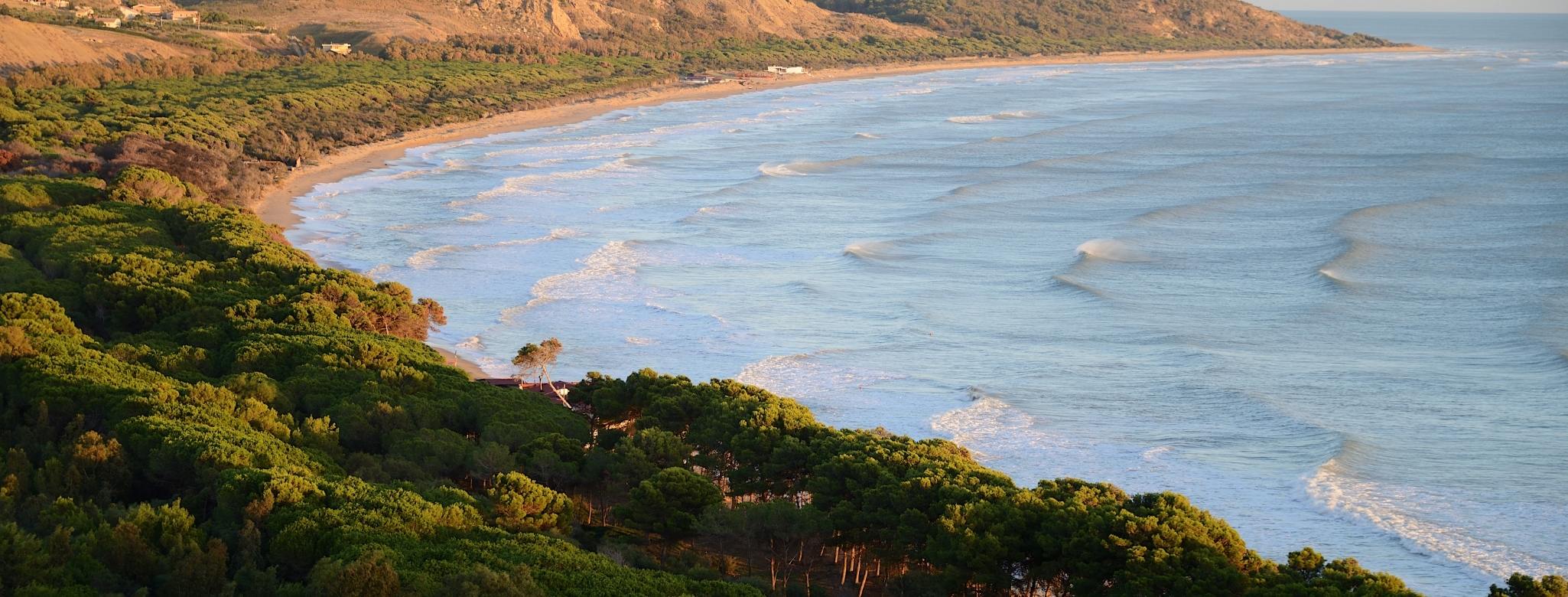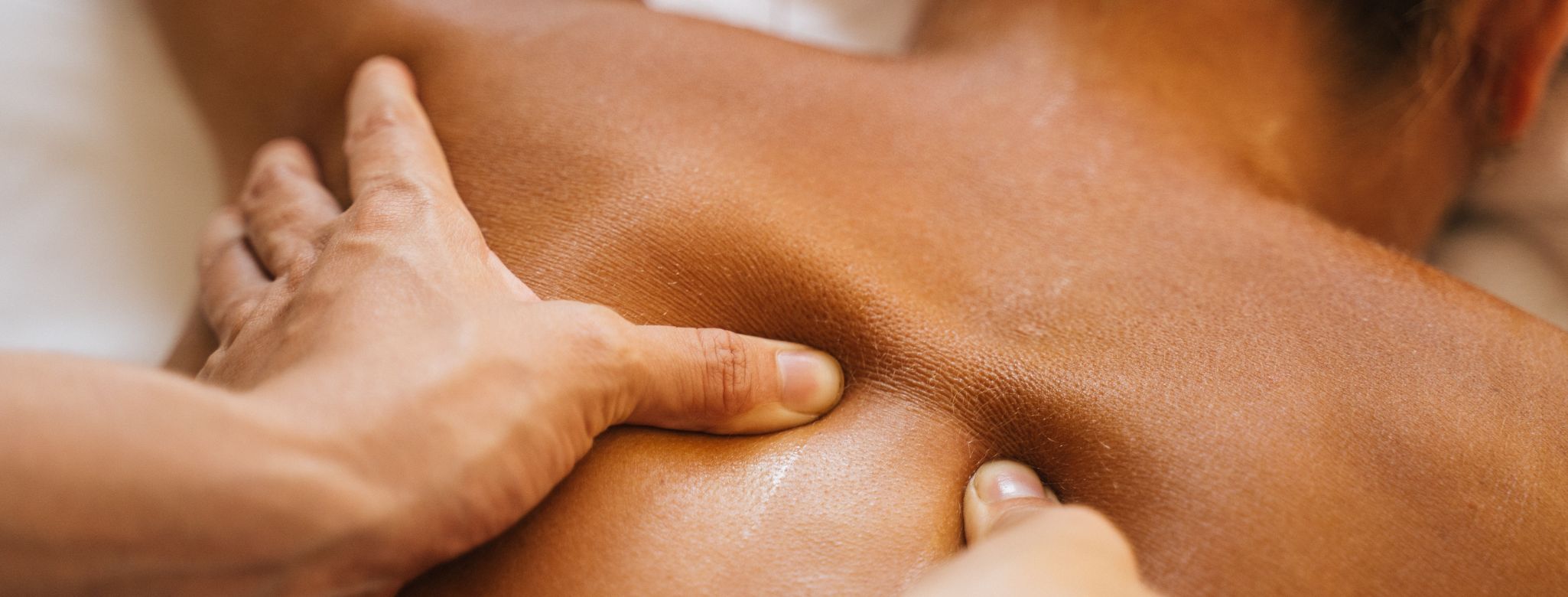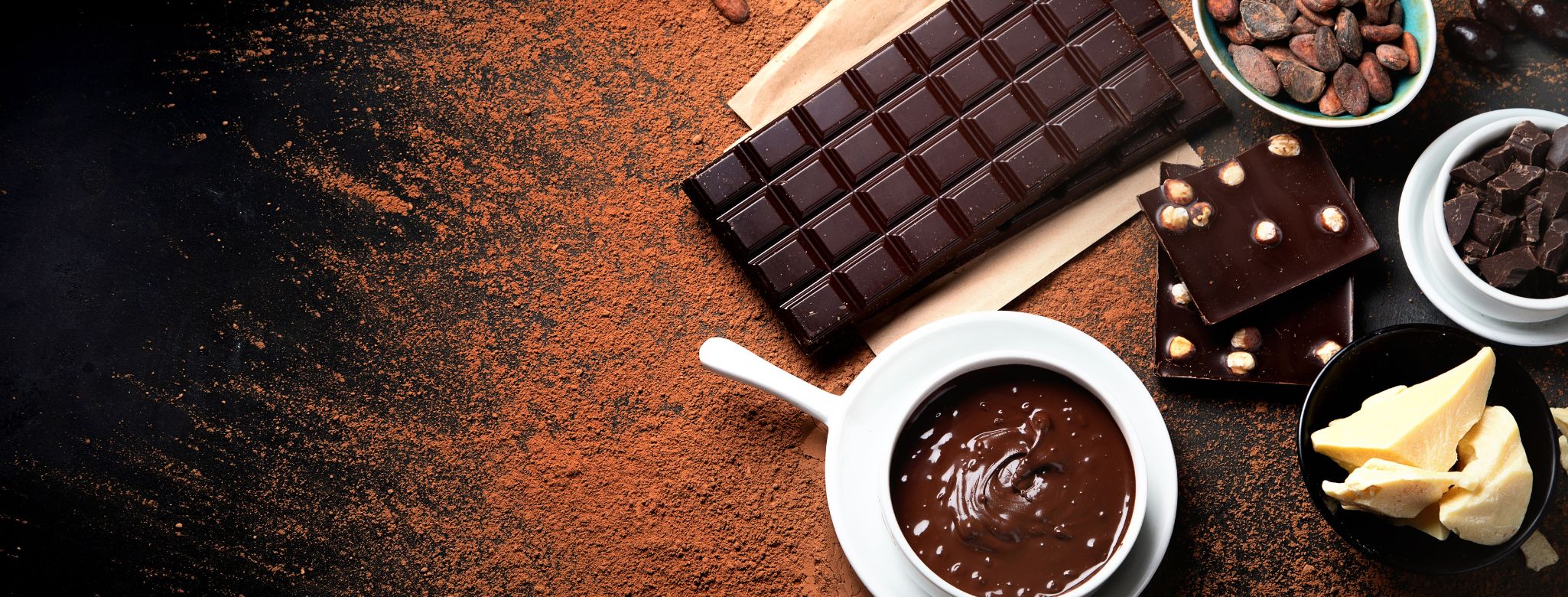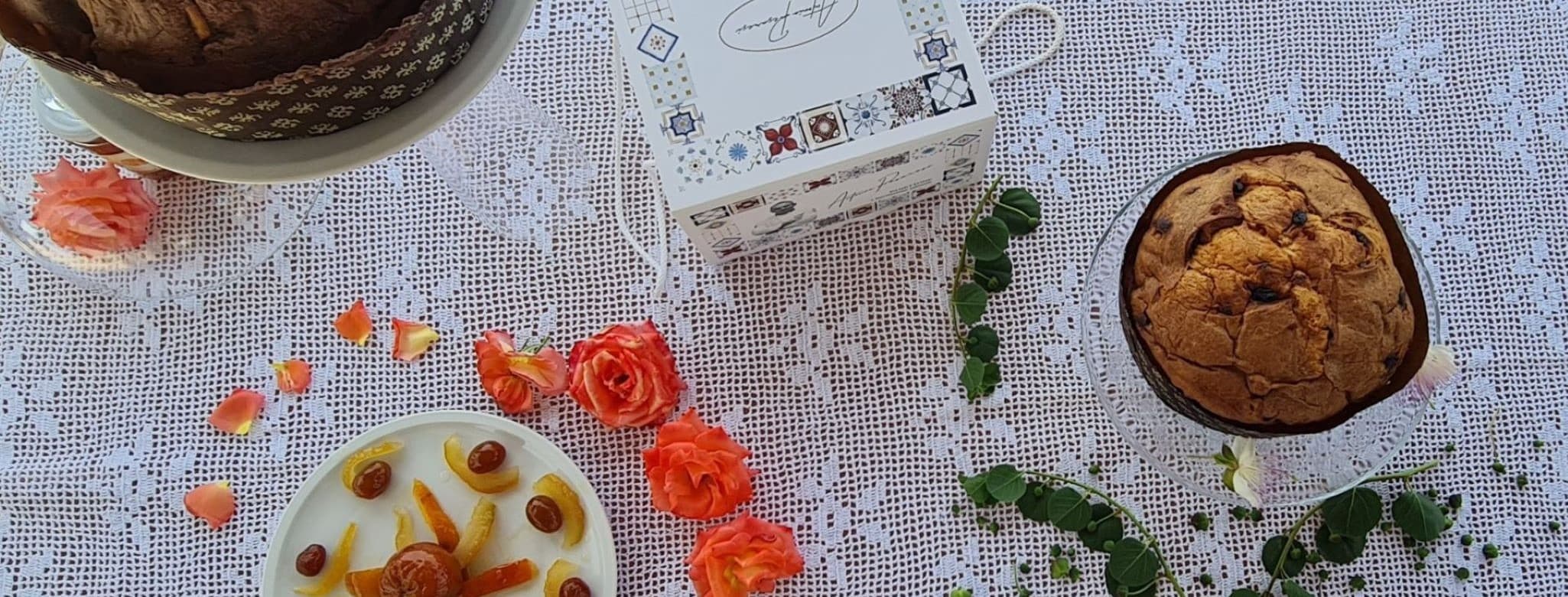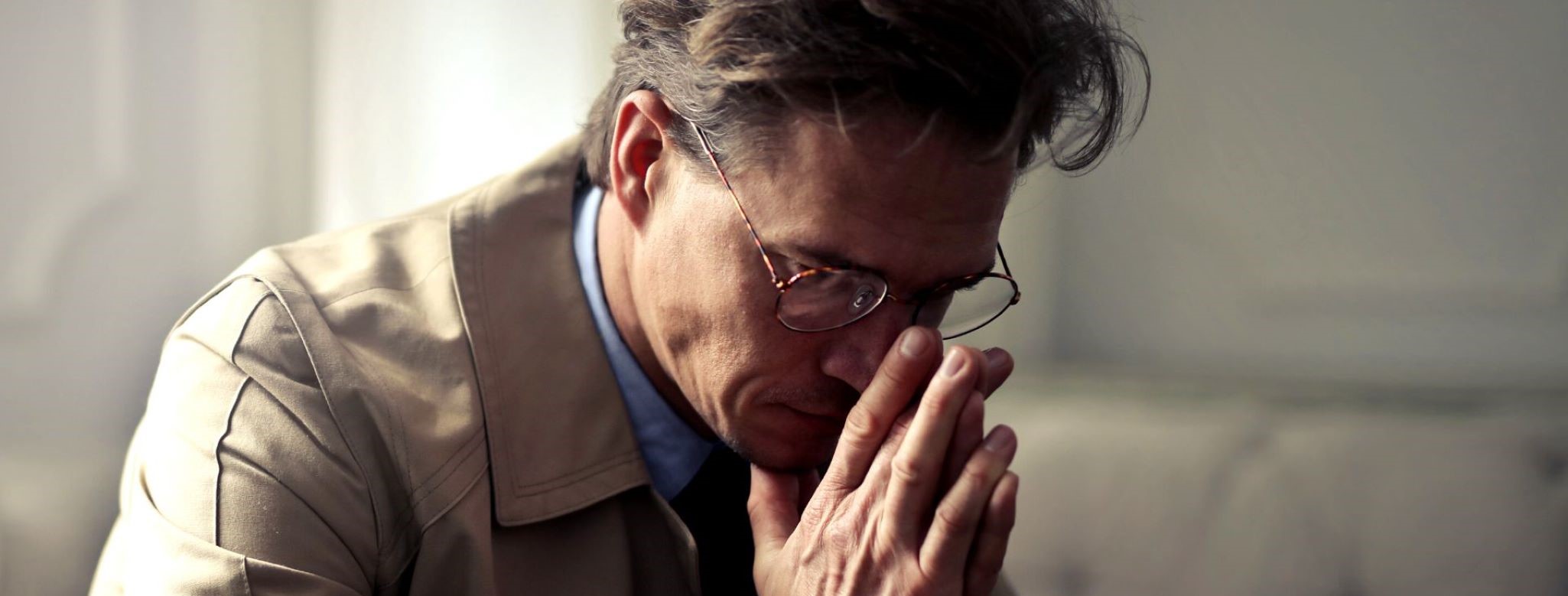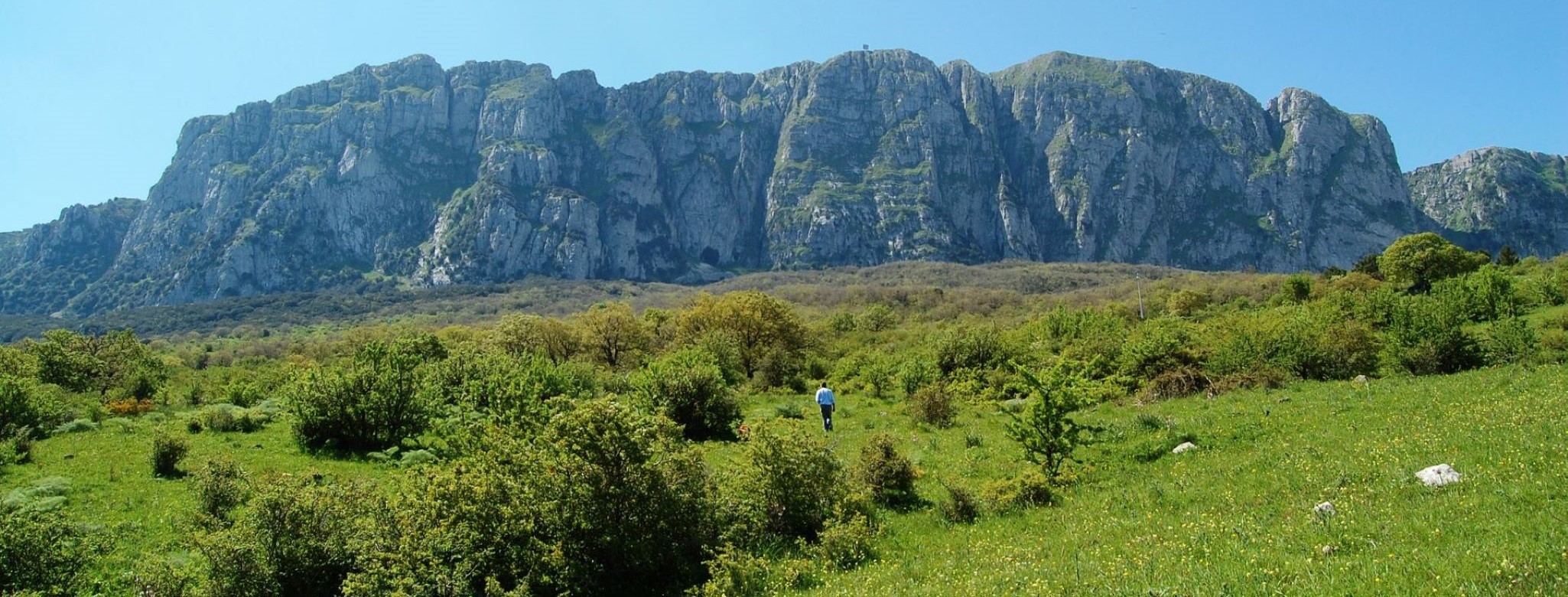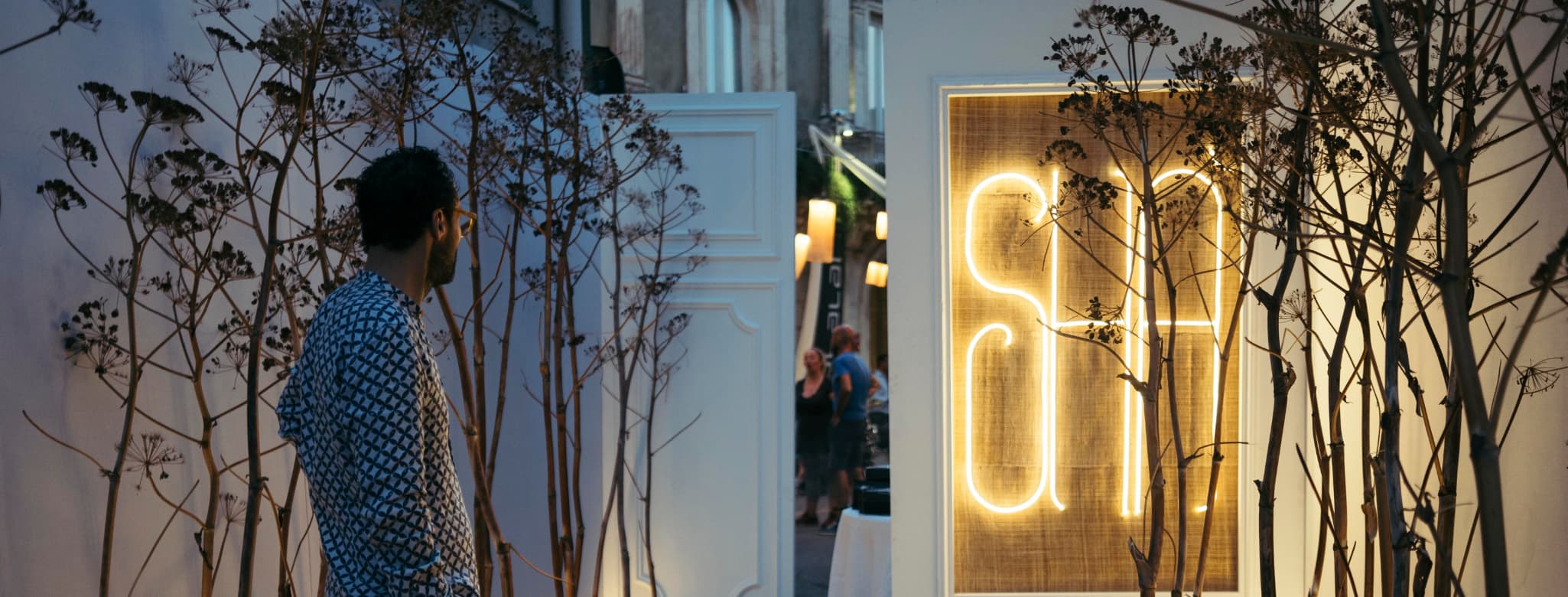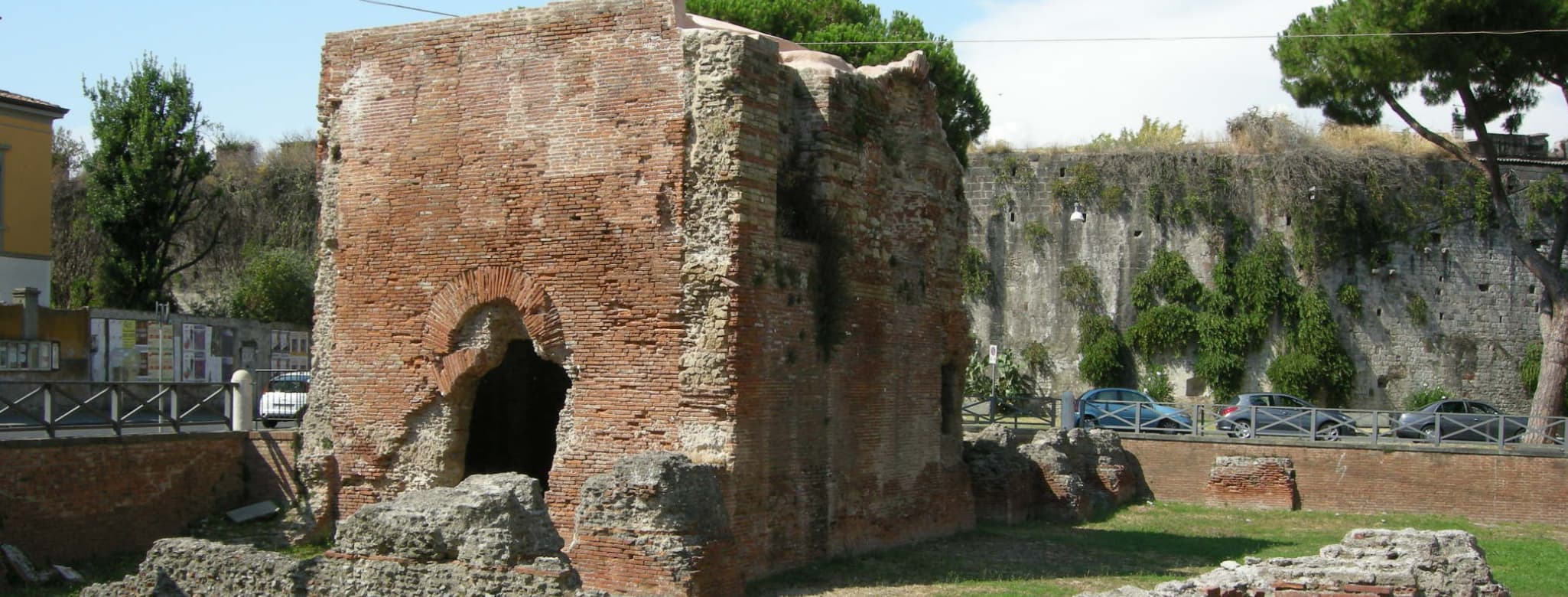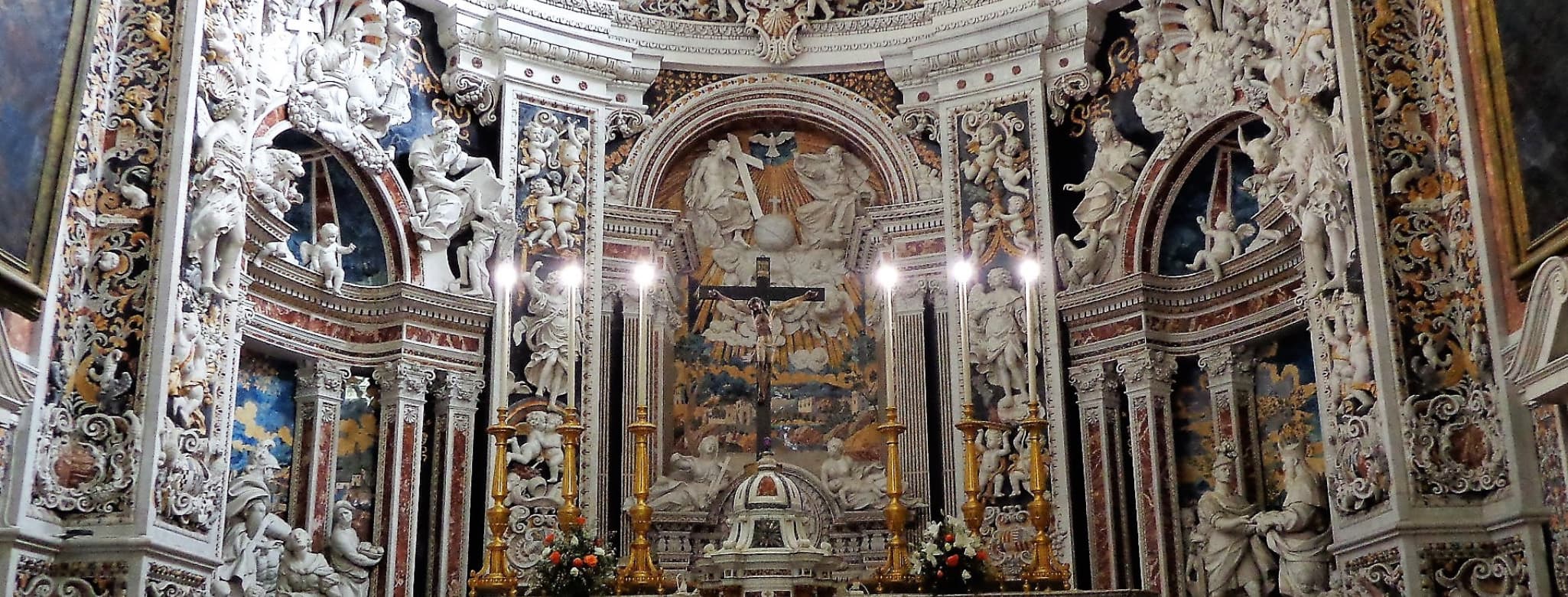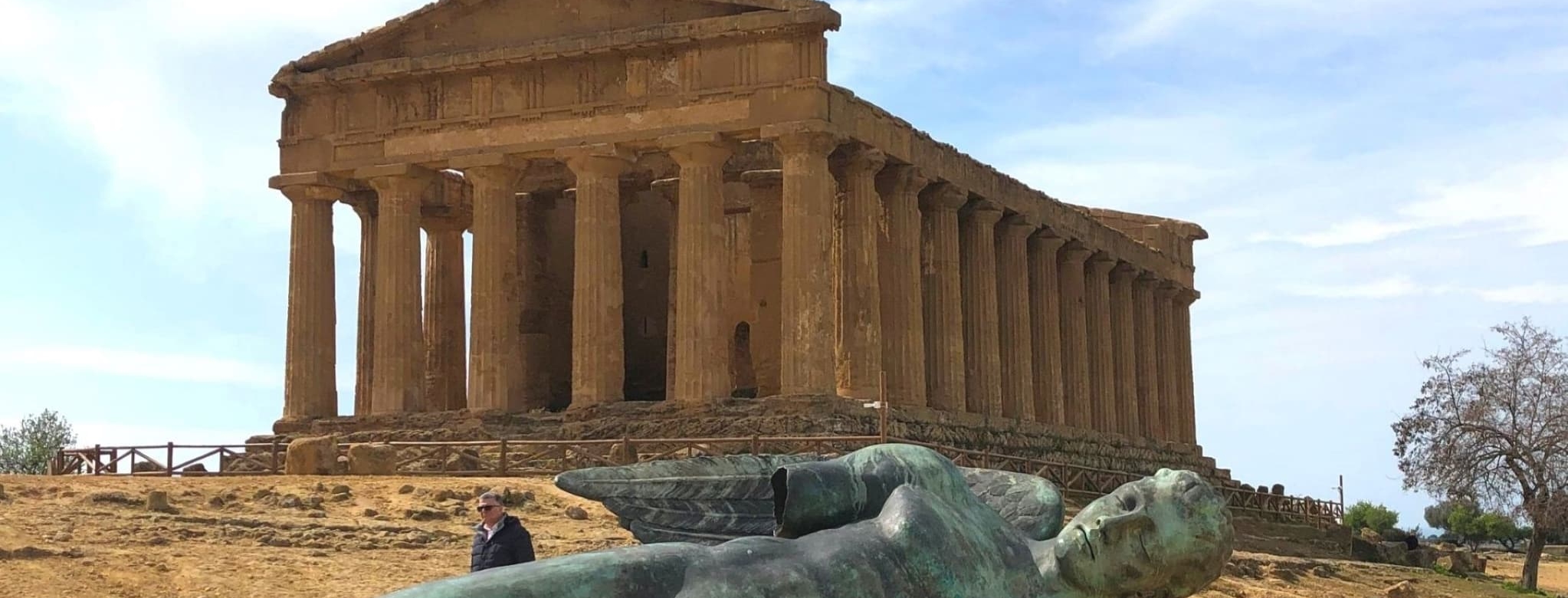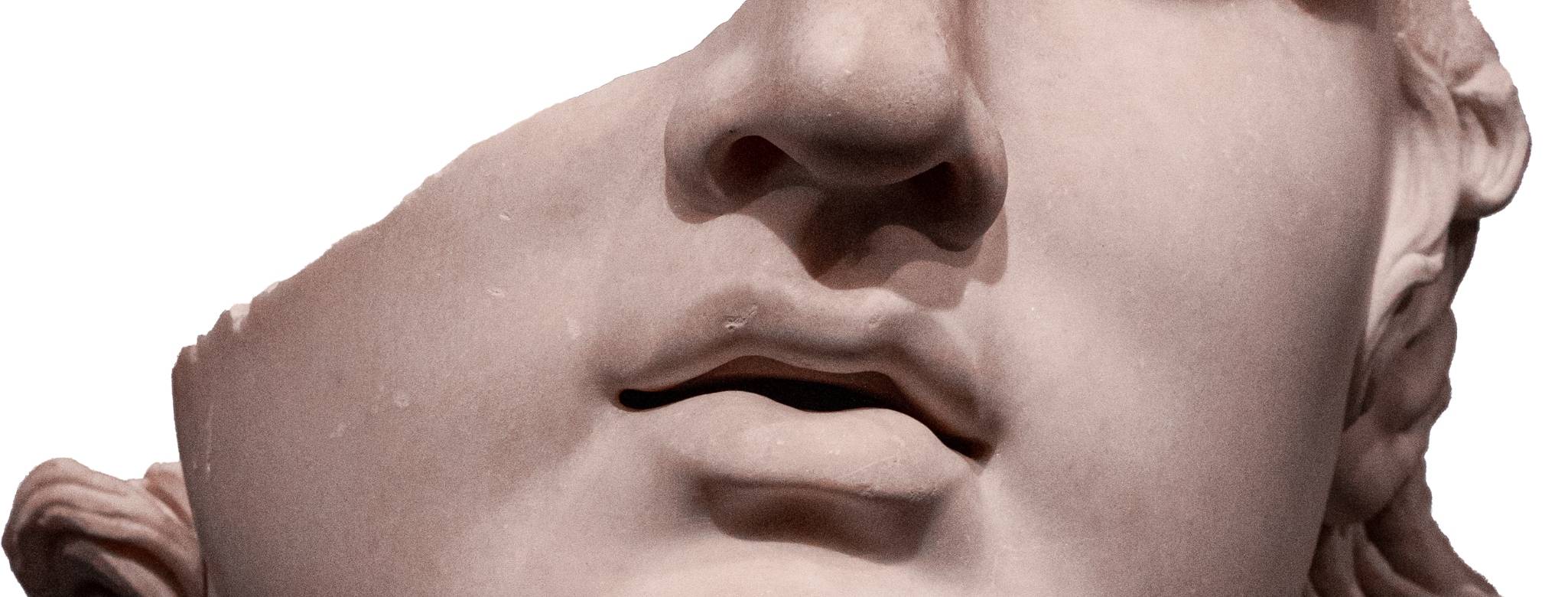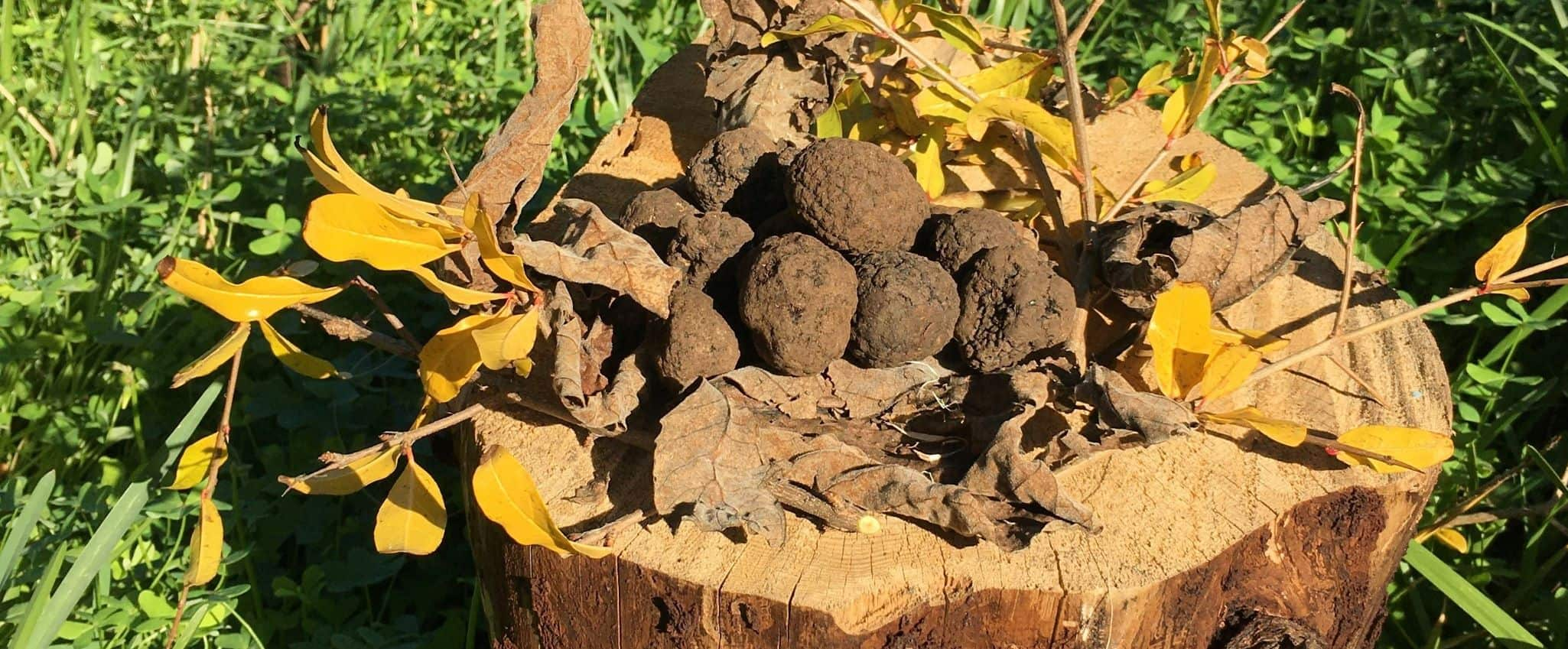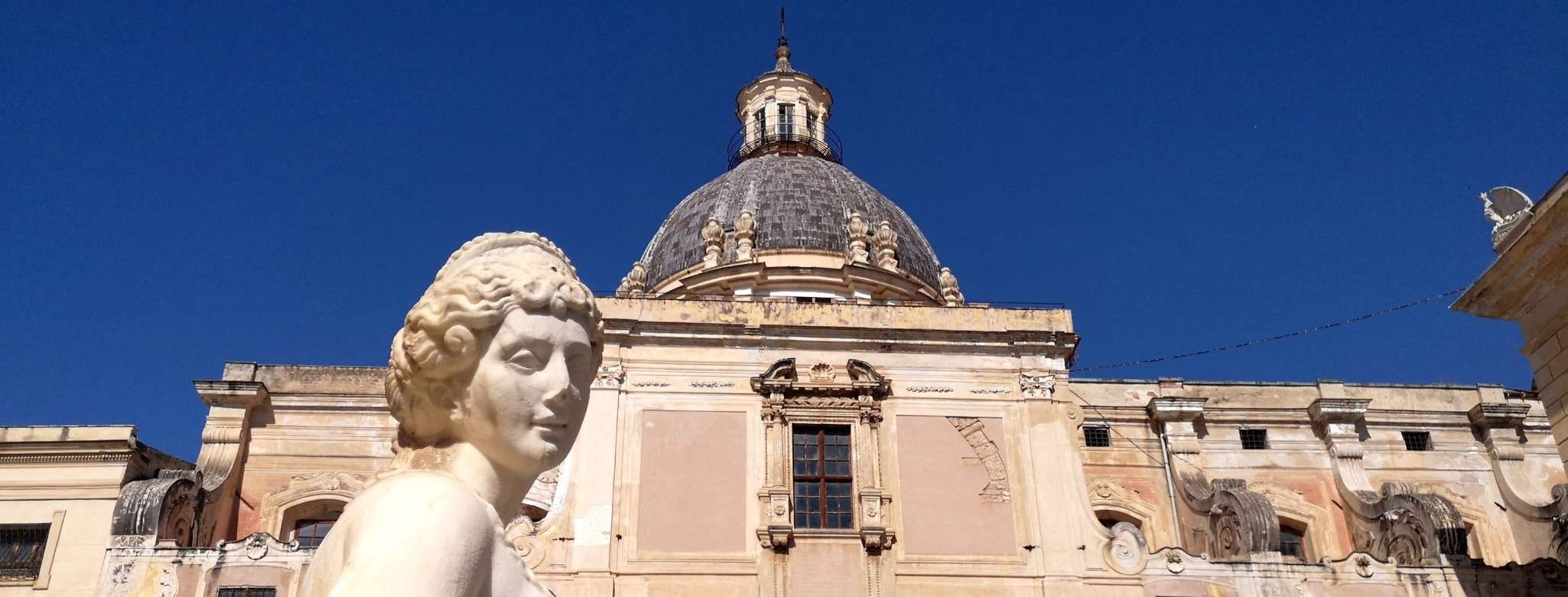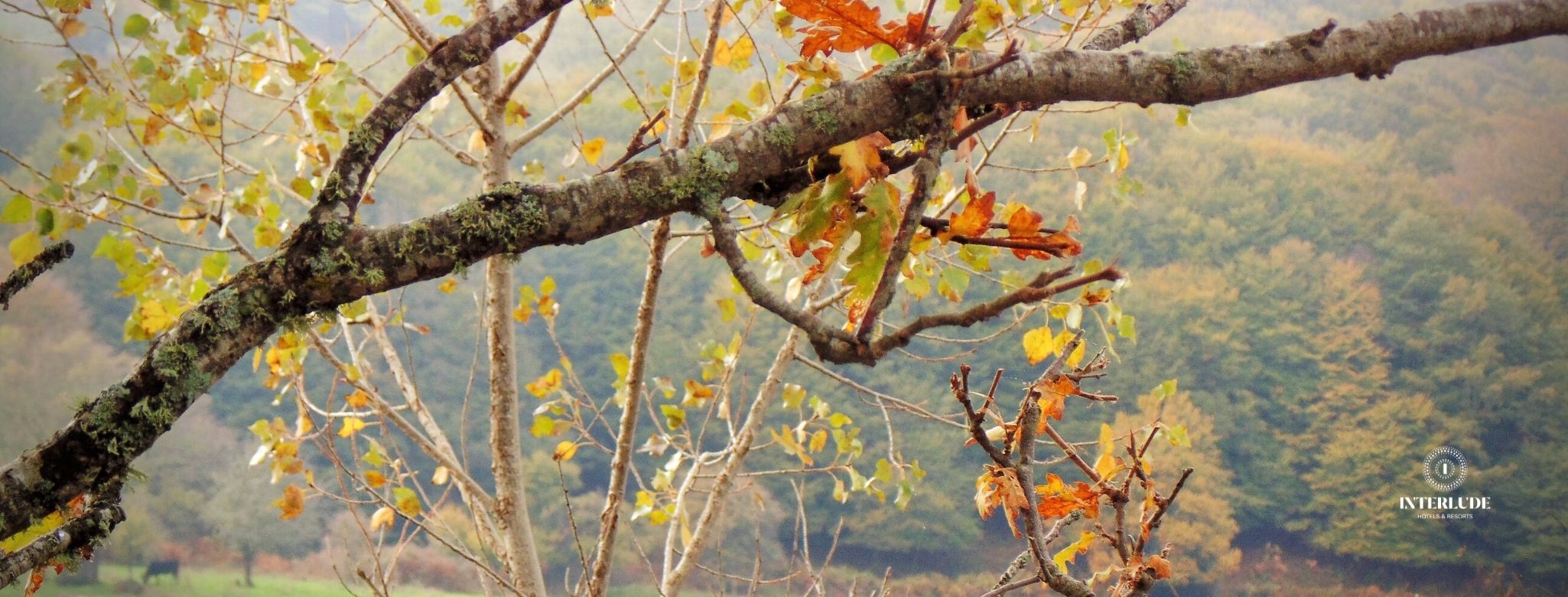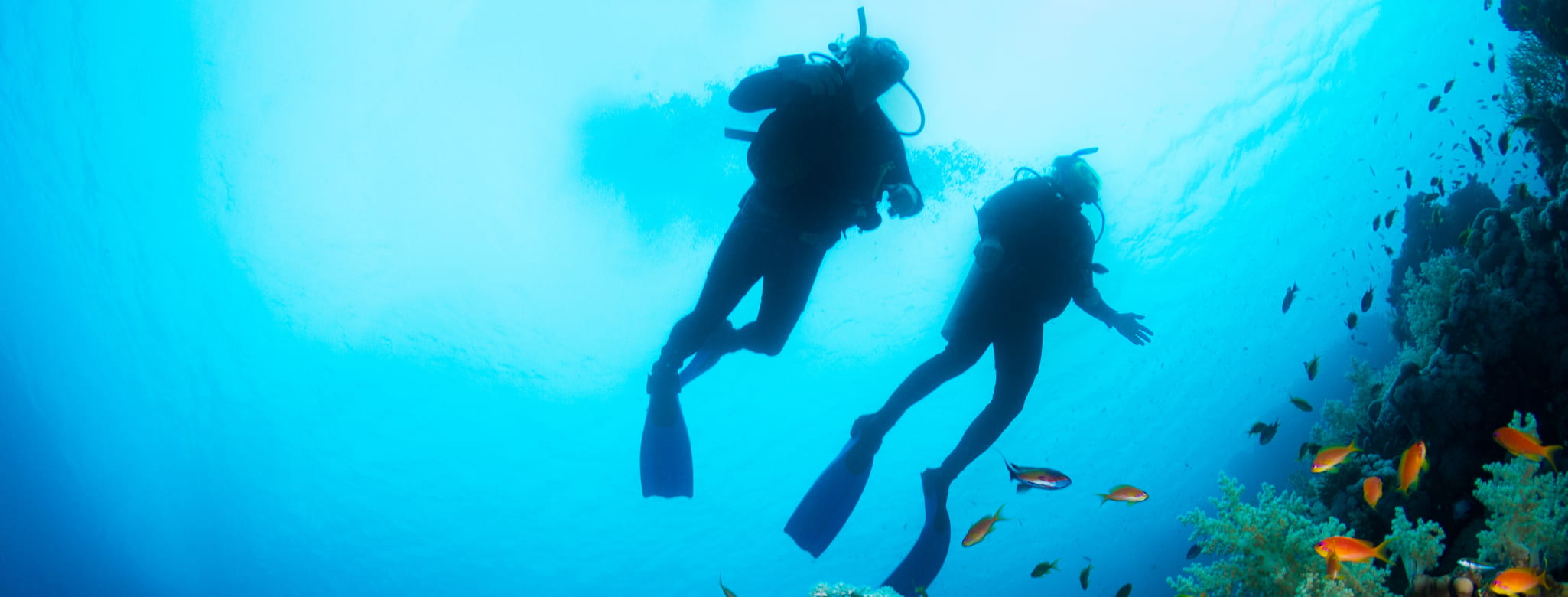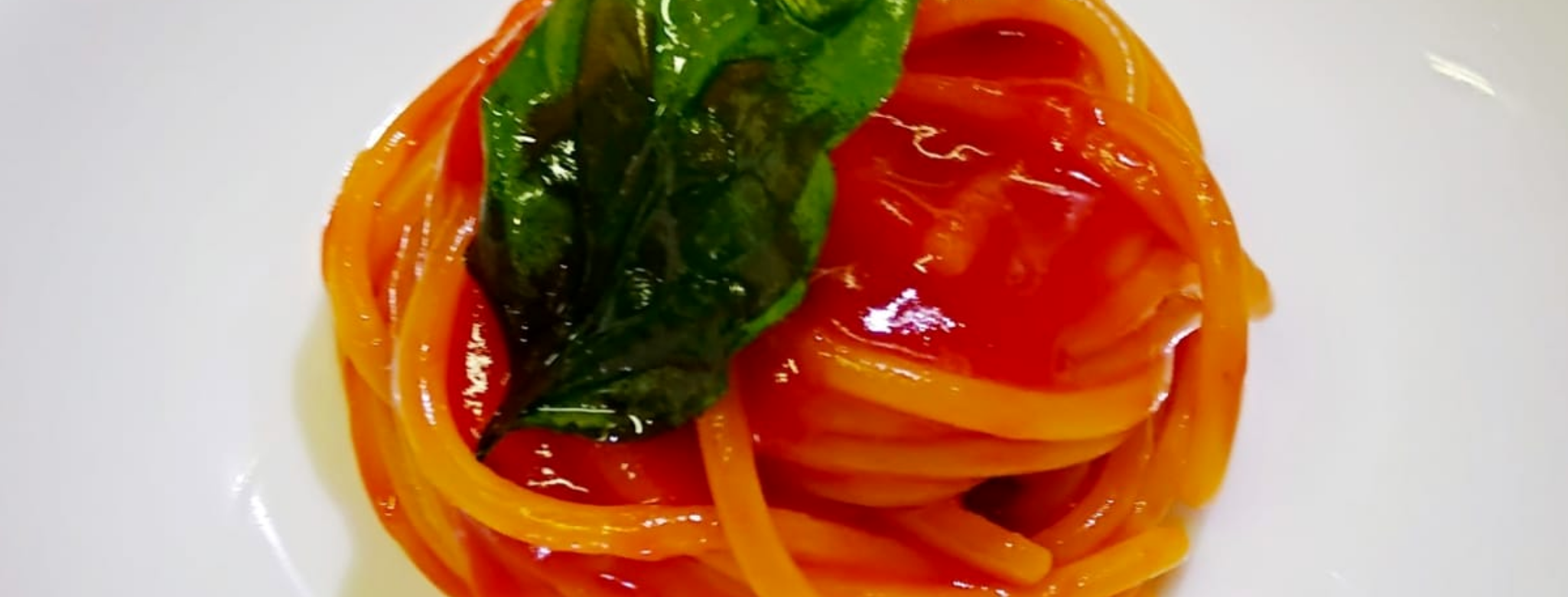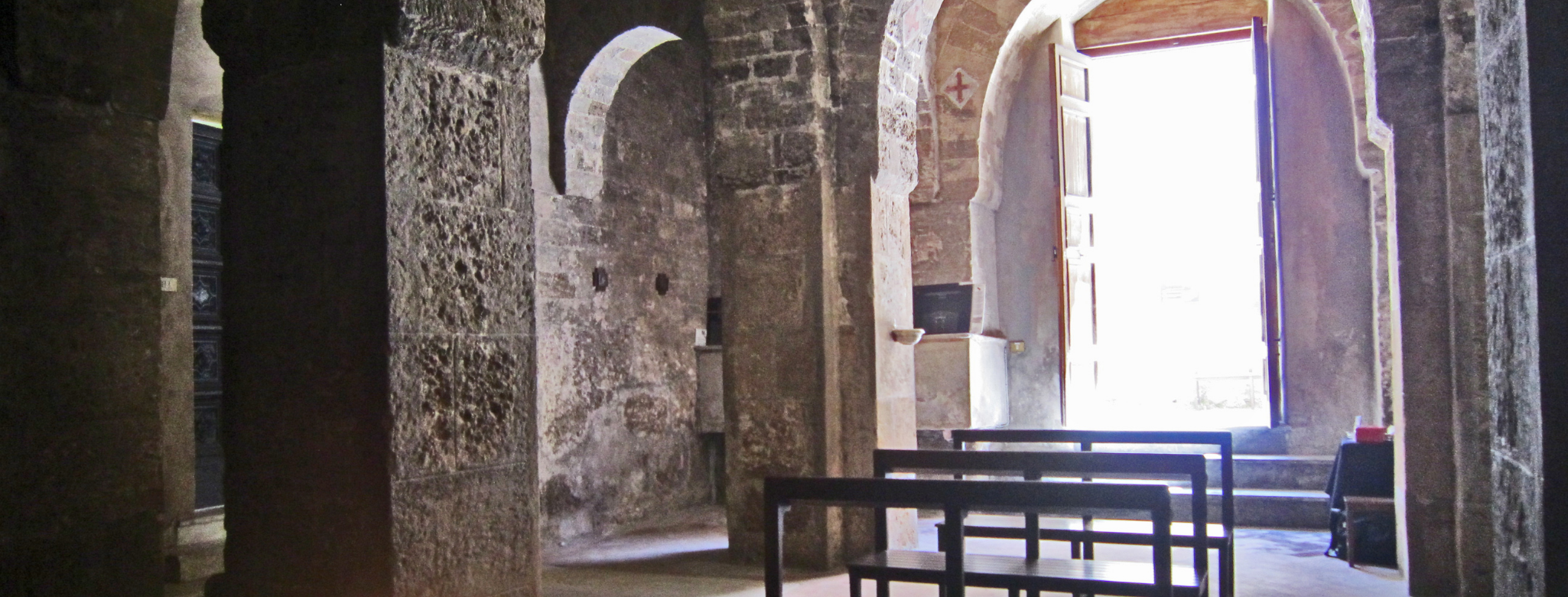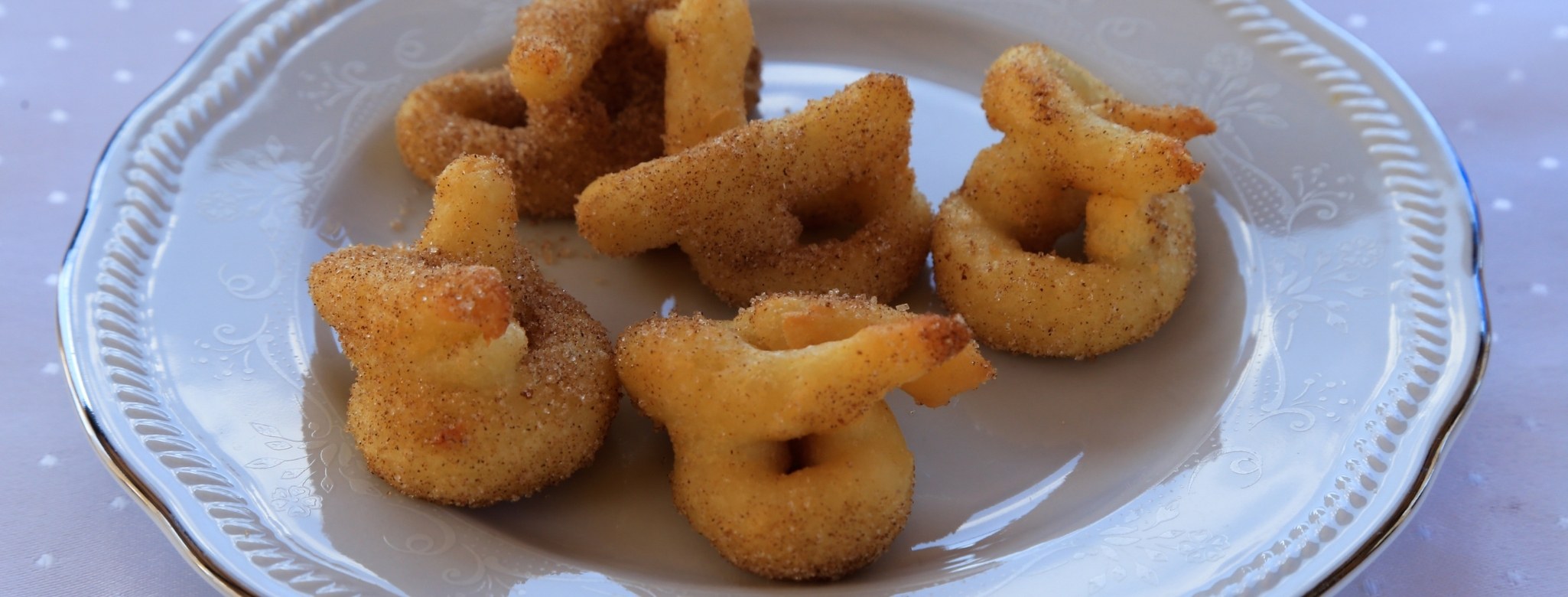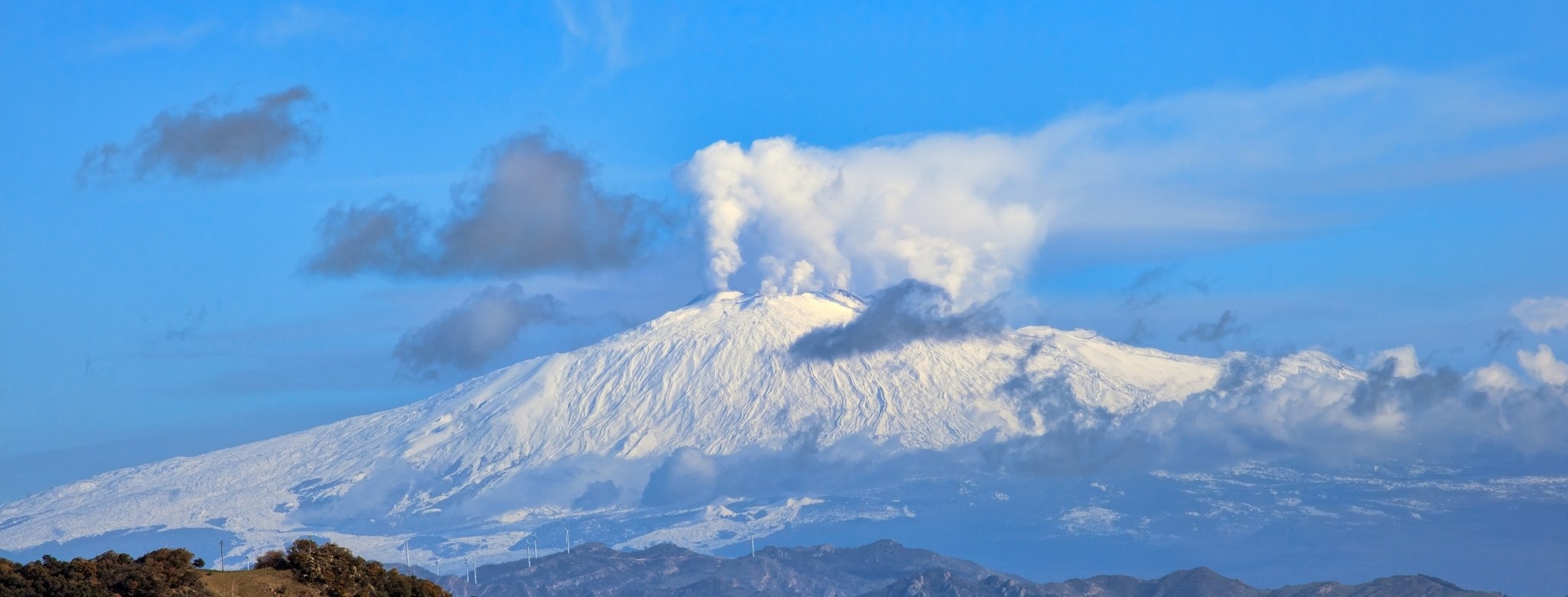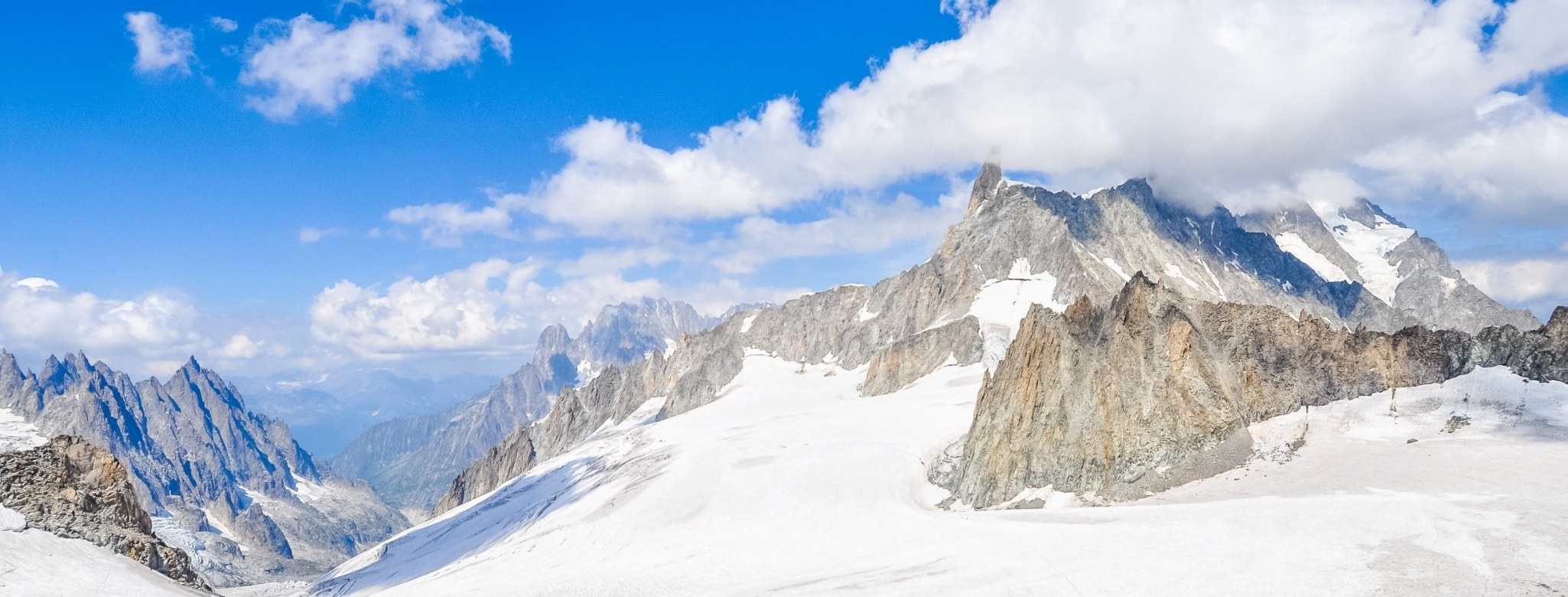SPRING
2022
Passionate archaeologists
There are many archaeological sites present in Italy. The Italian artistic, cultural and architectural heritage continues to amaze for its vastness and variety: it reflects the millenary history of our peninsula, populated since ancient times. With this issue begins a periodic appointment to discover new itineraries among the numerous Italian archaeological sites. First stop Sicily From ancient times to the present day, Sicily has been inhabited by very different people and civilizations who over the centuries have marked the habits and culture of this surprising and wonderful land. This itinerary will take you on a journey through the ruins of western Sicily, to discover Segesta, Selinunte, Solunto and Mozia, among Greeks, Phoenicians and the peoples of the Mediterranean. Greece, as we know, is mainly mountainous territory, difficult to cultivate, so, from the eighth century BC, the Greeks began to look for new lands to cultivate, moving from the Hellenic peninsula. Thus began the phenomenon of colonization, whose name comes from the Latin "colere", "to cultivate". Our journey starts from Palermo and the first stop will be Segesta, about 85 km from the Sicilian capital. Segesta was founded by a population of Asian origin, the Elimi, refugees fleeing Troy according to the myth. It is therefore not a strictly Greek city but it is certain that Segesta, like the other neighboring cities also founded by the Elimi, was strongly Hellenized. Protagonist of the history of Sicily since the beginning of the sixth century BC, it has always had commercial relations with the Carthaginians. In 415 BC the city asked for the intervention of Athens to prevent a possible alliance between Sparta and Syracuse and its possible expansion. In the war against Selinunte, which was conquered by the African allies of Segesta together with Imera, it was again in alliance with the Carthaginians. The history of Segesta is marked by countless encounters-clashes with the other Greek colonies of Sicily, the cities of Greece and the other peoples of the Mediterranean. Continuing the visit of the ancient city, you can visit the theater excavated in the rock and the temple, in excellent condition. The Hellenistic-style theater, built in the third century BC, has the hills and the sea of the nearby Gulf of Castellammare as a backdrop. Very well preserved, even today it is possible to attend theatrical performances that take place right in the theater. The temple tells us of the relations between Segesta and Selinunte, which as already emerged, were often rivals. Built during the 5th century BC in Doric style by Greek craftsmen, it is a tangible example of the graft between cultures that has taken place in Sicily since ancient times. But what experts have been discussing for some time is the absence of grooves on the columns and the lack of the cell that makes the temple unfinished, perhaps precisely because of the continuous conflicts with the nearby city of Selinunte, which shows that the Elimi acquired Greek art and architecture, but they remained in contrast with Selinunte as regards the economic-commercial aspect. We leave the splendid Segesta to reach Mozia. We proceed on the E92 towards Trapani and then towards Marsala. Parked the car near the port, we will take a small ferry. The island of Mozia is located between Trapani and Marsala on the west coast of Sicily. According to Thucydides and Diodorus Siculus, Mozia was a destination for explorations by the Phoenicians since ancient times and, as early as the 12th BC, they created a thriving commercial base there. Even Mozia was involved in the war between Dionysius I and the Carthaginians, during which it was conquered by the Syracusan tyrant around 400 BC, only to be taken by the Carthaginians in 398 BC. Like much of Sicily (except Syracuse), following the battle of the Egadi islands in 241 BC, Mozia passed into the hands of the Romans. Here in Motya, as we will see later in Solunto, we can clearly observe the imprint that different civilizations have left over the centuries The site of Mozia boasts various constructions that are still partially visible, such as the north door, the so-called “sanctuary of the Cappiddazzu”, the buildings intended for handicraft production, the necropolis and the tophet (a sanctuary) from the Phoenician-Punic period. To emphasize the relationships between the various populations in Mozia, it is necessary to focus above all on the "industrial area" of the island. The buildings in this area saw a fairly constant increase between the sixth and fifth centuries BC. The numerous ceramic artifacts and metal slag found, suggest a vast production involving these materials, and therefore profitable commercial exchanges.
A second industrial area, probably older, was found near the necropolis; in this place the archaeologists found several remains of murices, from which the purple was obtained, this was used by the Phoenicians for the coloring of leathers and fabrics. The Phoenicians, a people of navigators, had already occupied the island in the Archaic period, giving rise to a commercial activity that would have involved much of the Mediterranean. Most of the artifacts found on the island are exhibited at the Whitaker Museum in Mozia, which takes its name from the illustrious archaeologist who first excavated the island. The museum, a mirror of the island's multi-ethnicity, preserves artifacts ranging from the previous period of settlement of the Phoenicians to the Roman era. Motya is consequently a "little Sicily", disputed for centuries by the peoples of the Mediterranean who have left traces that have come down to us. We continue our journey towards Selinunte, a once imposing city and eternal rival of Segesta. Selinunte is a Greek sub-colony, founded by Megara Iblea, in turn a colony of Megara, in an area characterized by the presence of indigenous people, Sicani and Elimi, and the Carthaginians. It was a real frontier town! Always in conflict with Segesta, it was conquered in 409 BC. from the Carthaginians: the attempts of the successive tyrants of Syracuse to recover the city, which remained under Punic control, were useless. Selinunte has had a rather complicated history, characterized over the centuries by submission to other Greek and barbarian cities. Sicily was a cultural laboratory of extraordinary importance, where not only ideas from the Greek or Punic tradition were imported, but new urban planning models were created. The most important evidence of urban planning between the 6th and 5th centuries can be found in Selinunte which was built on the hill of Manuzza and boasts a dense urban fabric and an extraordinary monumental arrangement of the acropolis. According to historians, the birth of new cities was not a completely spontaneous phenomenon but was a means of the already existing colonies to be able to better control the territories under their influence. Selinunte, founded by Megara Iblea to stop the Syracusan expansionist aims, boasts some of the most spectacular temples of the ancient world and deserves to be visited both for the quality of the conservation of the monuments and for the quantity of the structures still visible. Having visited the splendid archaeological park of Selinunte we can continue on the E90 returning to the city of Palermo. Not far from the Sicilian capital, we will reach Solunto. Solunto, founded by the Phoenicians, stood about 15 km from present-day Palermo. Today only a few ruins remain of the ancient inhabited area and from the few remains it is clear that the city had a regular urban layout dating back to the Hellenistic reconstruction that took place around the second half of the fourth century BC. Thucydides tells us that already during the first Greek colonization of Sicily (9th century BC) the Phoenicians were occupying those places. In 396 BC Solunto was conquered by Syracuse, destroyed and then rebuilt in 368. Few architectural testimonies of the Phoenician Solunto have come down to us but to confirm the origins of the city we have a large number of statuettes, aedicules and steles of clear Phoenician origin, and the conformation of the tombs are very similar to those of Panoromo, also a Phoenician city of Sicily. Solunto is certainly the striking example of how many civilizations in Sicily have known and clashed. Here, in fact, we find traces of the phoenix, Greek-Hellenistic remains and later Roman remains. Diodorus tells us that, following the defeat in Africa, Agatocle, tyrant of Syracuse, abandoned mercenaries in the Punic land who returned to Sicily and settled in Solunto. The character of the buildings, the decorations and the numerous writings in Greek are evidence of the Greek presence. This is intertwined with Punic reminiscences and subsequent Roman reinterpretations, elements visible, for example, in the sanctuary and in the theater which present both Punic and Hellenistic elements.
Credits to sitiarcheologiciditalia.it



